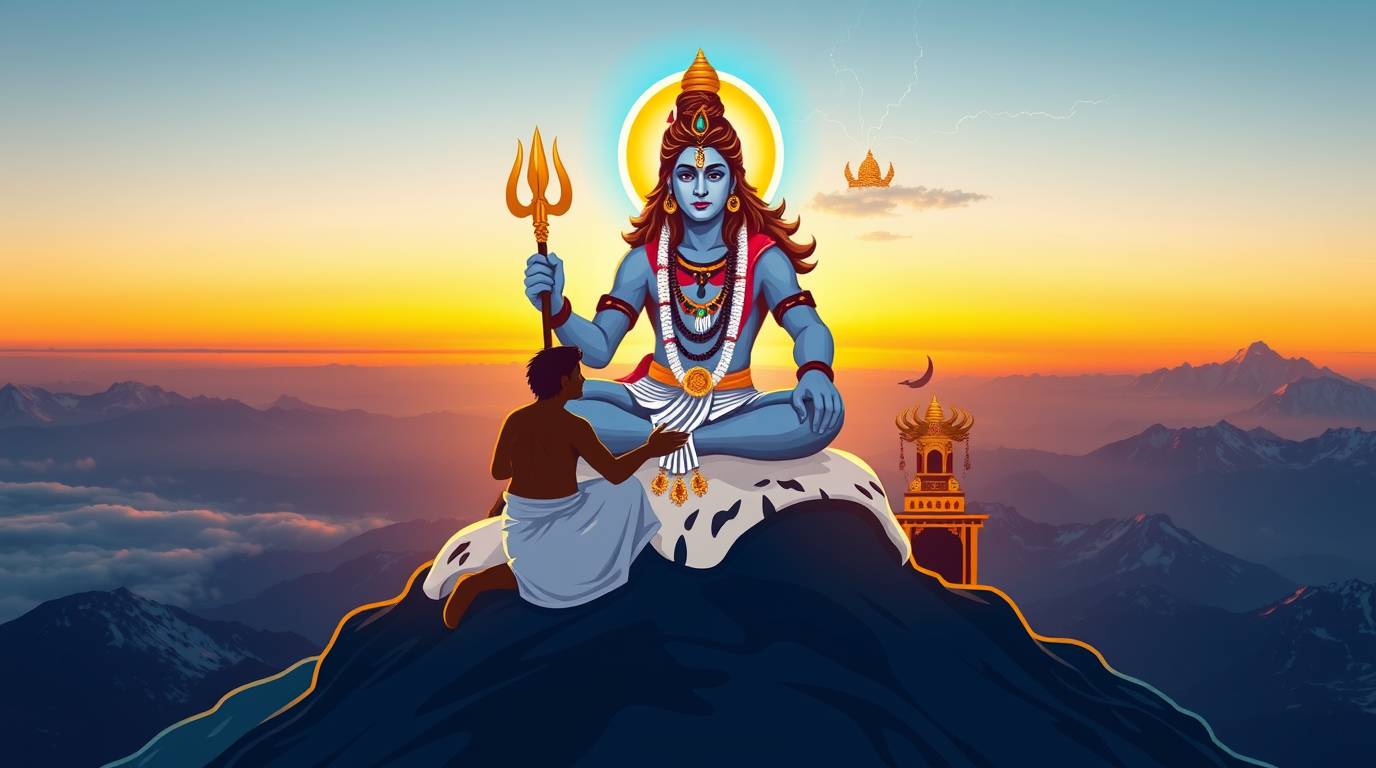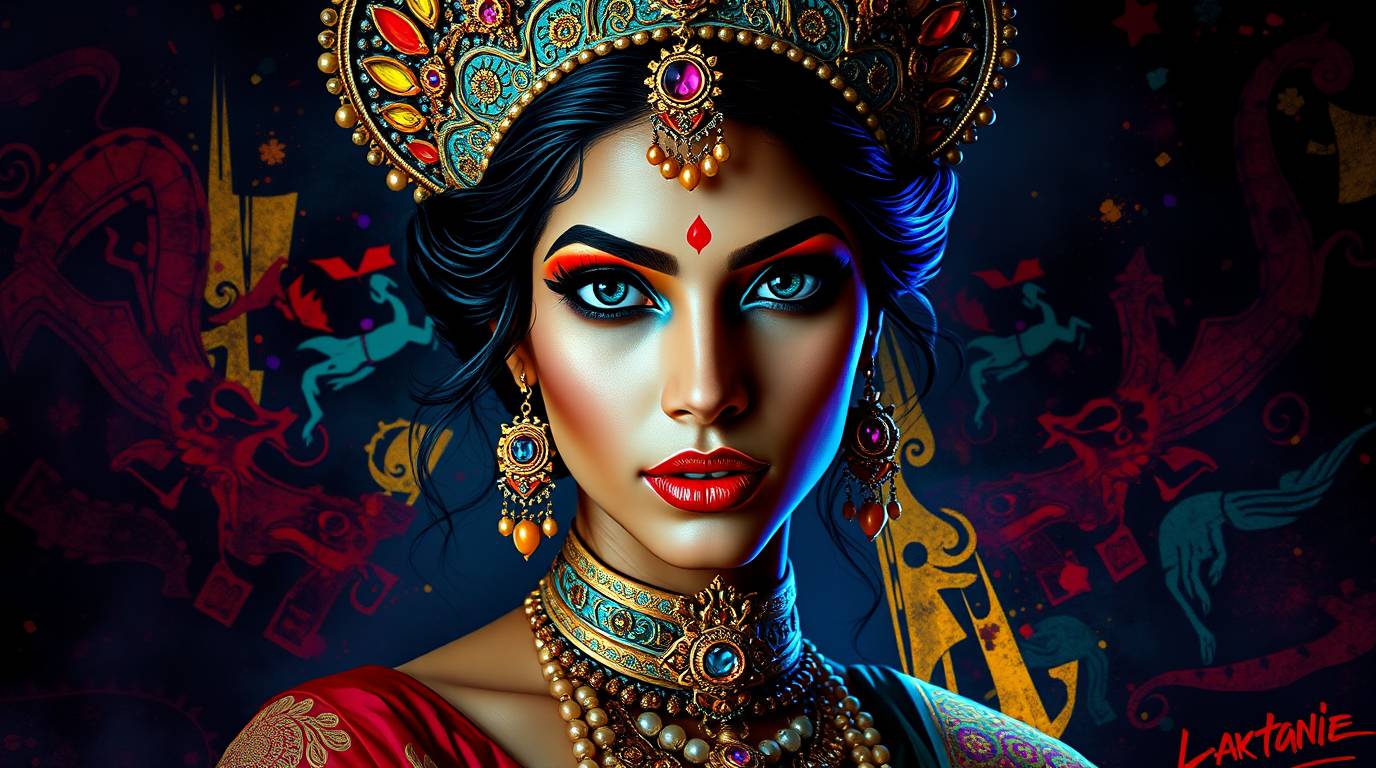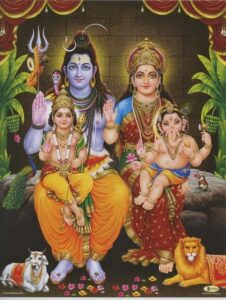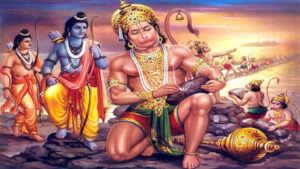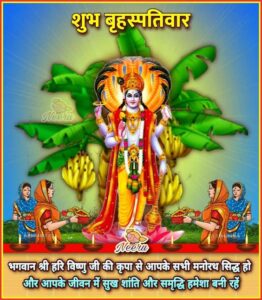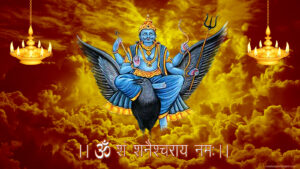How Many Types of Siddhis (सिद्धियाँ) Are There According to Hindu Dharma?
In the vast spiritual landscape of Hindu Dharma, the concept of Siddhis (supernatural powers or spiritual attainments) holds a significant place. These mystical abilities are considered gifts or achievements acquired through intense spiritual practices such as yoga, meditation, mantra chanting, and tapasya (austerity). But how many types of Siddhis are there in Hinduism? What are their meanings and purposes? In this article, we’ll explore the various types of Siddhis as per Hindu scriptures, their classifications, and their deeper spiritual relevance.
🌟 What Are Siddhis in Hinduism?
The word “Siddhi” is derived from the Sanskrit root “Sidh”, meaning “to attain,” “to accomplish,” or “to achieve perfection.” Siddhis are special powers or spiritual accomplishments that a yogi or a seeker may acquire during the process of deep meditation, Kundalini awakening, or devotional practices.
While some view Siddhis as mystical powers, Hindu philosophy often treats them as by-products of spiritual growth, not the ultimate goal. True liberation (moksha) is always regarded as the final aim, whereas siddhis can be milestones or distractions.
🕉️ Classification of Siddhis in Hindu Dharma
According to Hindu scriptures and yogic texts, Siddhis are broadly classified into three main categories:
- Ashta Siddhis (Eight Great Powers)
- Ten Secondary Siddhis (Minor Powers)
- Additional or Occult Siddhis (Various Other Siddhis)
Let’s explore each of these types in detail.
🧘♂️ 1. Ashta Siddhis – The Eight Major Siddhis
The Ashta Siddhis (अष्ट सिद्धियाँ) are considered the most important and powerful supernatural abilities in Hinduism. These are often described in texts such as the Bhagavata Purana, Shiva Purana, Yoga Vasistha, and in Tantric literature.
| Siddhi | Meaning | Description |
|---|---|---|
| Anima | Ability to become minute | Power to shrink the body to the size of an atom. |
| Mahima | Ability to become huge | Power to expand the body infinitely. |
| Garima | Immense heaviness | Ability to become extremely heavy. |
| Laghima | Weightlessness | Power to become lighter than air, float or fly. |
| Prapti | Instant access | Ability to reach anywhere or obtain anything instantly. |
| Prakamya | Fulfillment of desires | Power to achieve anything desired, including entering other realms. |
| Ishitva | Divine lordship | Supreme power over nature and elements. |
| Vashitva | Mastery over beings | Power to control the minds and actions of others. |
These siddhis are associated with advanced yogic practices and can be attained through deep meditation, pranayama, and mastery over the elements (Pancha Bhootas).
🔟 2. Ten Secondary Siddhis – Lesser Yet Miraculous Powers
The Bhagavata Purana (7.5.36) mentions ten secondary siddhis, which are also considered supernatural but not as grand as the Ashta Siddhis. These often emerge during deep concentration and divine alignment.
| Siddhi | Description |
|---|---|
| 1. Dūraśravaṇa | Hearing sounds from distant places. |
| 2. Dūradarśana | Seeing objects or events far away. |
| 3. Manojjava | Moving at the speed of thought. |
| 4. Kāmarūpa | Taking any form or body at will. |
| 5. Para-kāya praveśa | Entering another person’s body. |
| 6. Svacchanda mṛtyu | Choosing the time and method of one’s death. |
| 7. Devānāṁ saha krīḍa | Engaging with or witnessing divine beings. |
| 8. Yathā-saṅkalpa saṁsiddhi | Manifesting desires by willpower. |
| 9. Ājñāpratihatā gatiḥ | Commands are universally obeyed. |
| 10. Trikāla-jñatvam | Knowledge of past, present, and future. |
These siddhis often arise from spiritual purity, devotional worship, or Tantra sadhana, and are said to reflect the inner refinement of consciousness.
🔮 3. Other Occult or Yogic Siddhis
Apart from the classical 18 siddhis, various scriptures and tantric texts mention many other siddhis based on specific mantras, deities, and esoteric yogic techniques. These siddhis are usually granted through deity grace (Ishwar Kripa), Guru’s blessings, or intense spiritual penance.
✨ Examples of Additional Siddhis:
| Name | Power |
|---|---|
| Vak Siddhi | Whatever you speak becomes true. |
| Iccha Siddhi | Ability to fulfill one’s own wishes. |
| Smriti Siddhi | Perfect memory or remembering past lives. |
| Rasayana Siddhi | Attainment of youth, health, and longevity. |
| Surya Siddhi | Harnessing solar energy for healing or power. |
| Chandra Siddhi | Mastery over moon energy and emotional balance. |
| Bhuta Siddhi | Control over the five elements: earth, water, fire, air, and ether. |
| Aindra Siddhi | Command over celestial beings like devas. |
These siddhis are highly specific and often associated with tantric rituals, chakra activation, or mantra-based sadhanas (spiritual disciplines).
📚 Scriptural References to Siddhis
Several ancient Hindu texts mention Siddhis in various forms. Some of the most notable references include:
- Patanjali Yoga Sutras (Chapter 3 – Vibhuti Pada): Patanjali explains that Siddhis can be attained through Samyama (combined practice of dharana, dhyana, and samadhi).
- Bhagavata Purana: Details the ten minor siddhis and explains how sages attain them through bhakti and yoga.
- Shiva Purana & Linga Purana: Describe Siddhis in the context of Lord Shiva’s yogic power and tantric mastery.
- Hatha Yoga Pradipika: Discusses the development of powers through Kundalini awakening.
- Tantra Shastras: Provide rituals and sadhanas that lead to siddhi attainment under the guidance of a guru.
🙏 Are Siddhis the Goal of Hindu Spiritual Practice?
Although Siddhis are fascinating and powerful, they are not the ultimate goal in Hindu Dharma. Hindu sages warn that attachment to siddhis can create ego and obstruct spiritual liberation.
“Siddhis are obstacles to Samadhi. They can distract the yogi from attaining the supreme goal.”
— Patanjali Yoga Sutras (Vibhuti Pada)
Many saints like Ramana Maharshi, Swami Vivekananda, and Paramahansa Yogananda advised spiritual seekers to focus on self-realization rather than chasing mystical powers.
🔐 How Are Siddhis Attained?
Siddhis are usually attained through:
- Mantra Japa (chanting sacred sounds)
- Deep Dhyana (meditation)
- Tapasya (austerity and self-discipline)
- Tantric Sadhanas (ritual practices)
- Kundalini awakening
- Guru Kripa (grace of a true spiritual teacher)
- Bhakti Yoga (pure devotion to God)
While some siddhis manifest naturally during advanced stages of yoga or meditation, others require dedicated spiritual training under an enlightened master.
⚖️ The Right Attitude Toward Siddhis
A spiritual seeker should approach Siddhis with:
- Detachment – Don’t get obsessed or boastful about spiritual powers.
- Humility – Recognize that these are divine gifts, not personal achievements.
- Discrimination (Viveka) – Understand which siddhis aid in spiritual evolution and which distract from it.
- Service – Use siddhis, if they manifest, for helping others—not for personal gain.
🌼 Conclusion: Types of Siddhis in Hindu Dharma
To summarize, Hindu Dharma recognizes multiple types of Siddhis:
- 8 Major Siddhis (Ashta Siddhis)
- 10 Secondary or Minor Siddhis
- Numerous Additional or Occult Siddhis
Each of these powers reflects a specific level of spiritual evolution and energy mastery. However, the ultimate purpose of Hindu spiritual practice is not to gain siddhis, but to attain self-realization (Atma Jnana) and unite with the Supreme Consciousness (Brahman).
If Siddhis come naturally, they should be accepted with reverence and used with wisdom. But the seeker must always stay focused on the path of truth, compassion, and liberation.

